by Harris Hanson with Dr Mark Rubensohn
We are fortunate to live on the west side of the City, where the Elbow River Valley meets our Glenmore Reservoir and the parkland surrounding it. One of the most captivating creatures sometimes seen here is the owl. Being mostly nighttime or dawn/dusk hunters, they are known for their silent flight and piercing eyes. They rely on their acute hearing and exceptional vision to hunt under cover of darkness. Their facial discs act as sound collectors, helping them pinpoint prey (mostly small rodents, or birds, but larger owls can catch jack rabbits and even skunks) with astonishing accuracy. Most owls in Calgary are solitary, with males and females coming together only for mating. They are territorial, with breeding pairs often using the same nesting sites year after year. On average, owls in the wild live 9 to 10 years. The smaller the owl, the more likely it can be seen during the day, needing to feed more often on smaller prey, to support their energy needs.
The most common owl to be found in the Weaselhead is the Northern Saw-Whet Owl.
Other owls that have been recorded there over the years include the Great Horned Owl, the elusive little Northern Pygmy Owls, Barred Owl, Long Eared Owl, and the occasional Boreal Owl, Northern Hawk Owl, Great Grey Owl or migrating Snowy Owl that is active by day. Most of these owls like to perch in evergreens, or close to the trunk in other trees. Short Eared Owls can be found to the east side of the Calgary, Burrowing Owls in the grasslands to the south and east of the city.
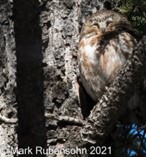
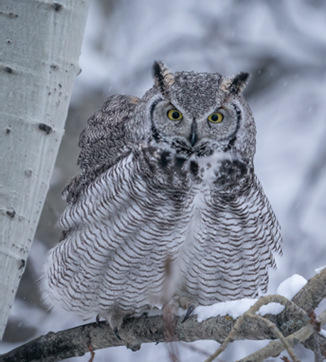
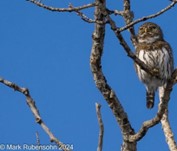
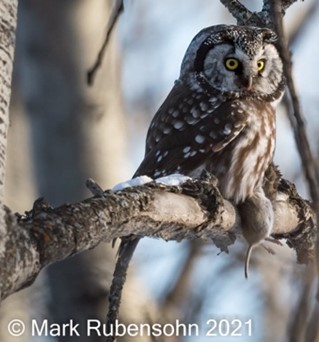
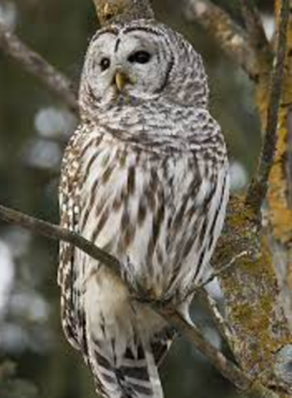
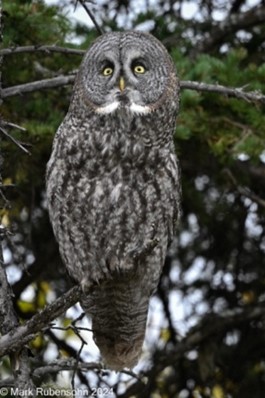
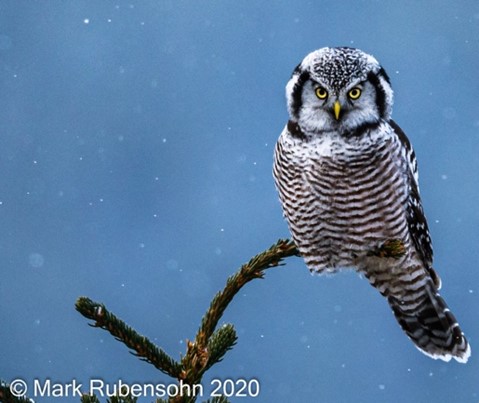
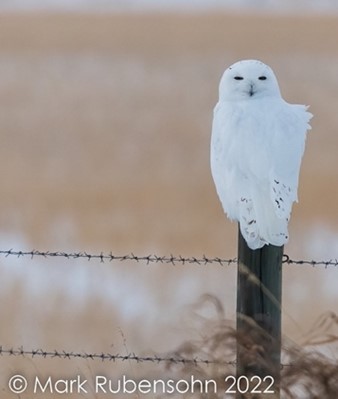
Click here to the Bayview Community News home page for the latest Bayview community updates.
Click here to the Palliser Community News home page for the latest Palliser community updates.
Click here to the Pumphill Community News home page for the latest Pumphill community updates.










